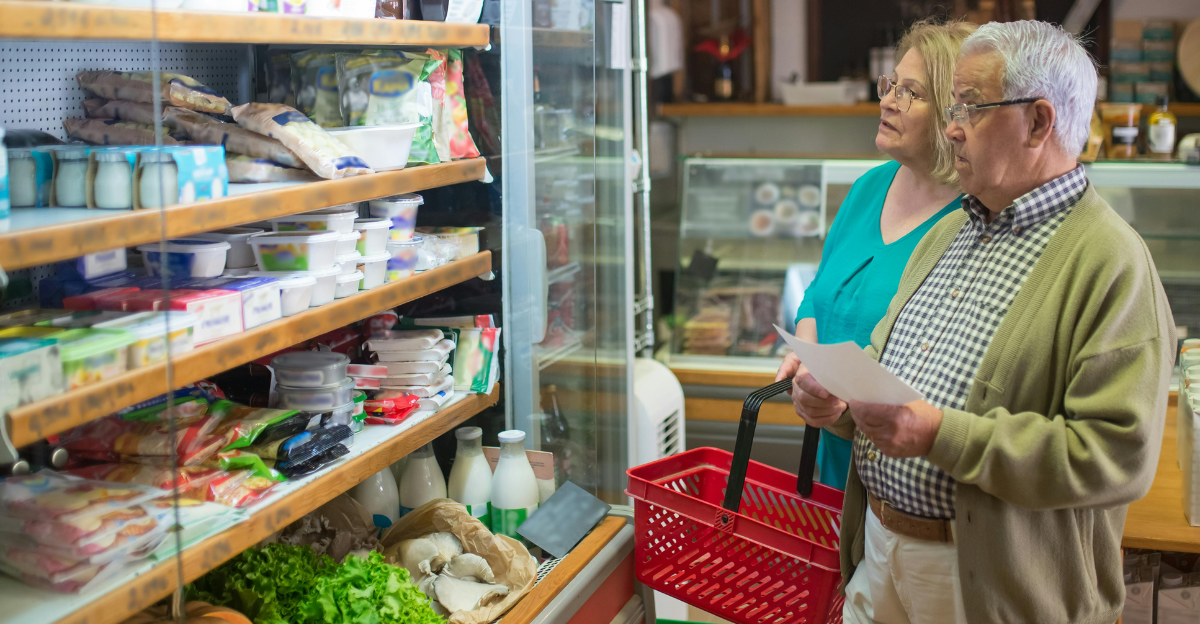
Back in the good old days, grocery shopping and picking up your essentials were menial errands you did to get out of the way. These days, every single purchase made requires detailed thought and tremendous budgeting if you’re not planning on spending an arm and a leg on one grocery run. Certain items we find slowly turn to gold and become more out of reach regarding affordability. What exactly are they, and how precious have they become?
1. Dairy Products
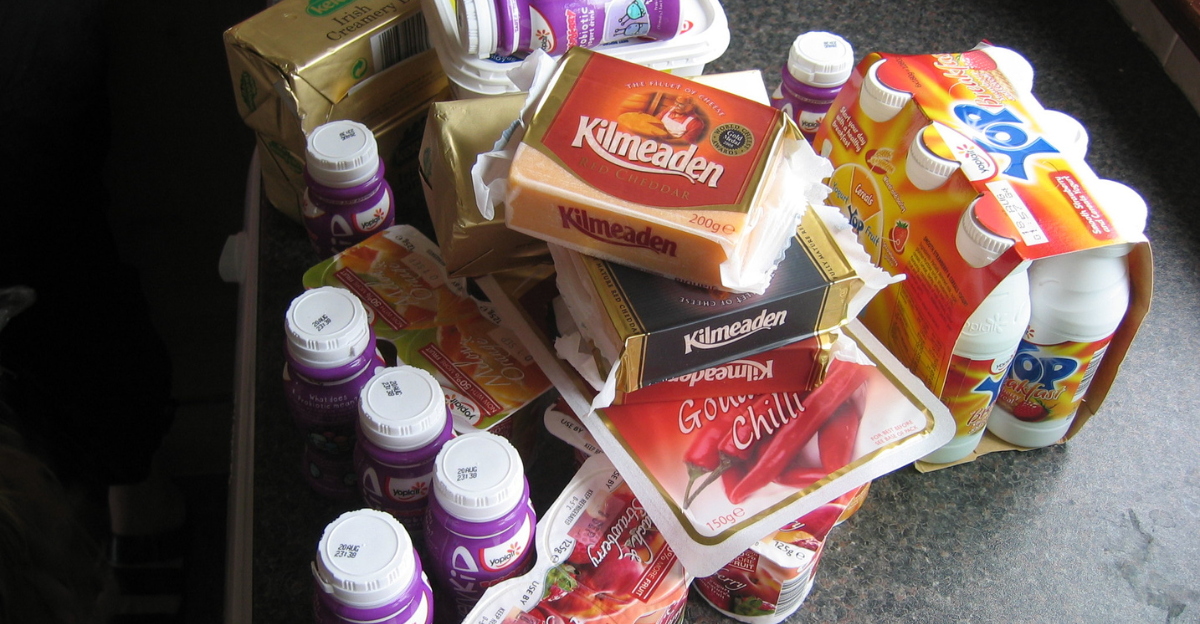
The rising costs of dairy products led to increased retail prices. Dairy production costs, from cattle maintenance to manufacturing, have ultimately resulted in more expensive products. The demand for organic or grass-fed dairy products as part of the “farm-to-table” lifestyle favors eco-conscious animal products, which are more costly to produce. They are now branded as a specialty item in European style, cultured, or artisanal.
2. Eggs
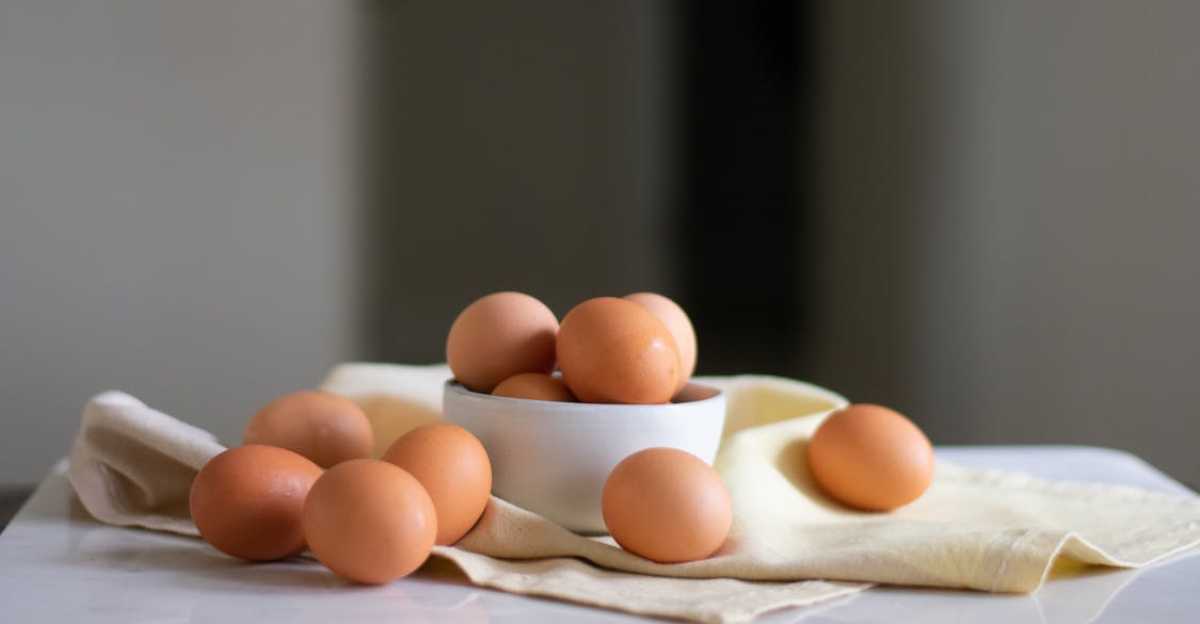
There is no doubt that eggs have become a treasure nationwide with the price hike. Health conditions, rising feed costs, animal welfare regulations, and demand for cage-free/organic eggs contribute significantly to its rise in value. You may find eggs now cost double or triple their original prices.
3. Coffee
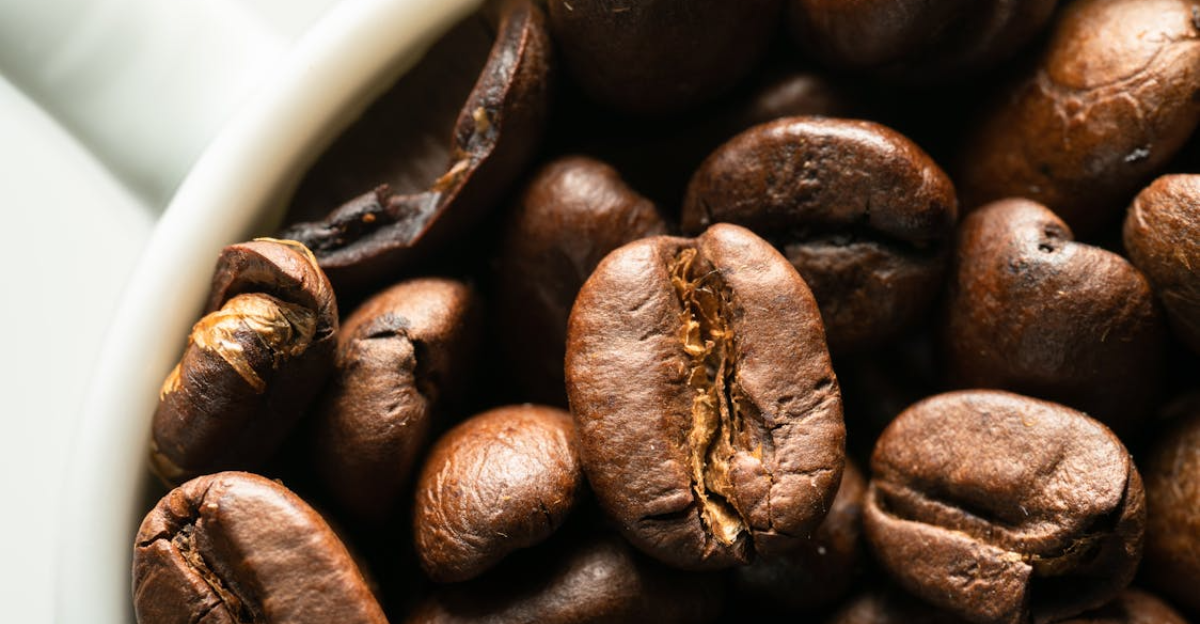
“Good” coffee does not come premixed in a plastic bag. Good-quality caffeine comes from specialty beans that undergo single-origin sourcing and ethical certification. However, climate change, droughts, and geopolitical instability in growing regions are to blame for rising bean prices. In addition, cafe culture has glamorized the value of premium blends. The ritual, equipment, and ingredients that go into making “real” coffee are overexaggerated and cost a lot.
4. Olive Oil
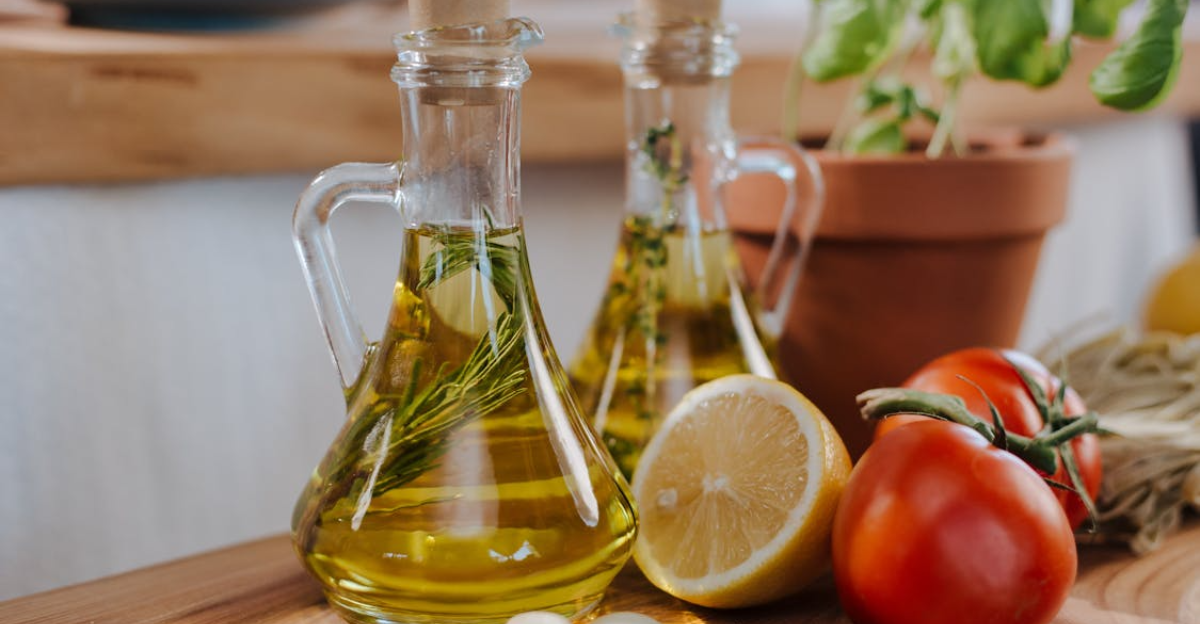
Olive oil is a healthier alternative to other cooking oils and can add better flavor to specific recipes. However, brands are competing by elevating designer bottles, origin labeling, and advertising boutique farm origins. The race to the most luxurious oil has turned it into a $40+ gourmet item.
5. Fresh Seafood
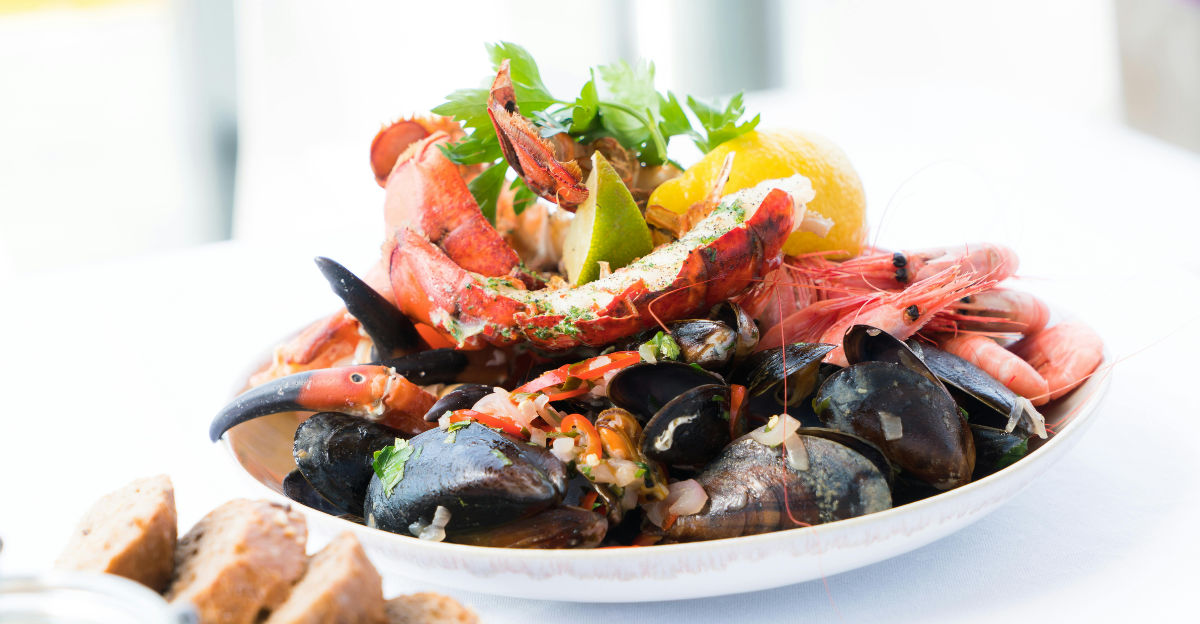
Overfishing, environmental regulations, and rising transport costs have made fresh and sustainable seafood harder to obtain. The opportunity to consume seafood that has not undergone long preservation or has been stored in freezers comes with a steep price. Dishes like seafood boils are popular and have revealed how hard it is to get your daily fix of seafood freshness.
6. Diapers

Some diaper brands sacrifice quality to save on costs, which sometimes leads to adverse reactions in babies. Mothers only want the best for their babies, and companies take advantage of this desire by charging a premium for perceived safety and sustainability. Now, buyers are conflicted by their choice of purchase and are drowned in marketing that convinces them that only expensive diapers are good enough for their babies.
7. Toilet Paper
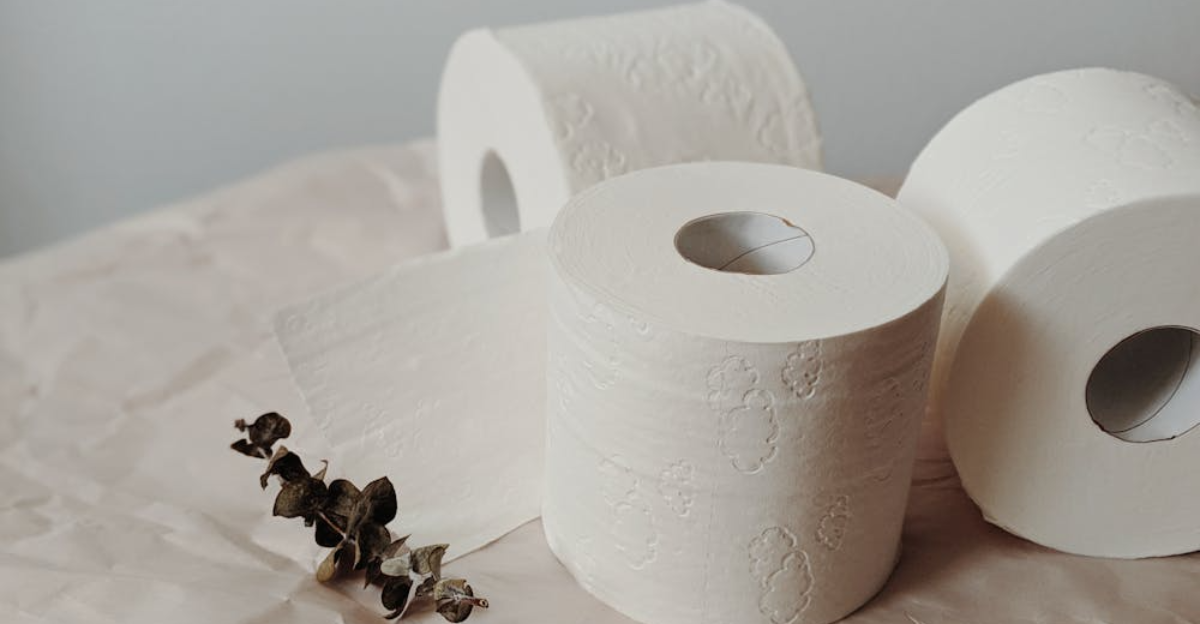
We saw how desperate people were to stock up on toilet paper during the pandemic, which elevated its value. As outrageous as it seems, toilet paper quality is a status symbol. Premium brands boast about increased comfort and more sustainable materials. This basic necessity is decorated with flowery words and luxurious branding, which commands higher prices.
8. Paper Towels
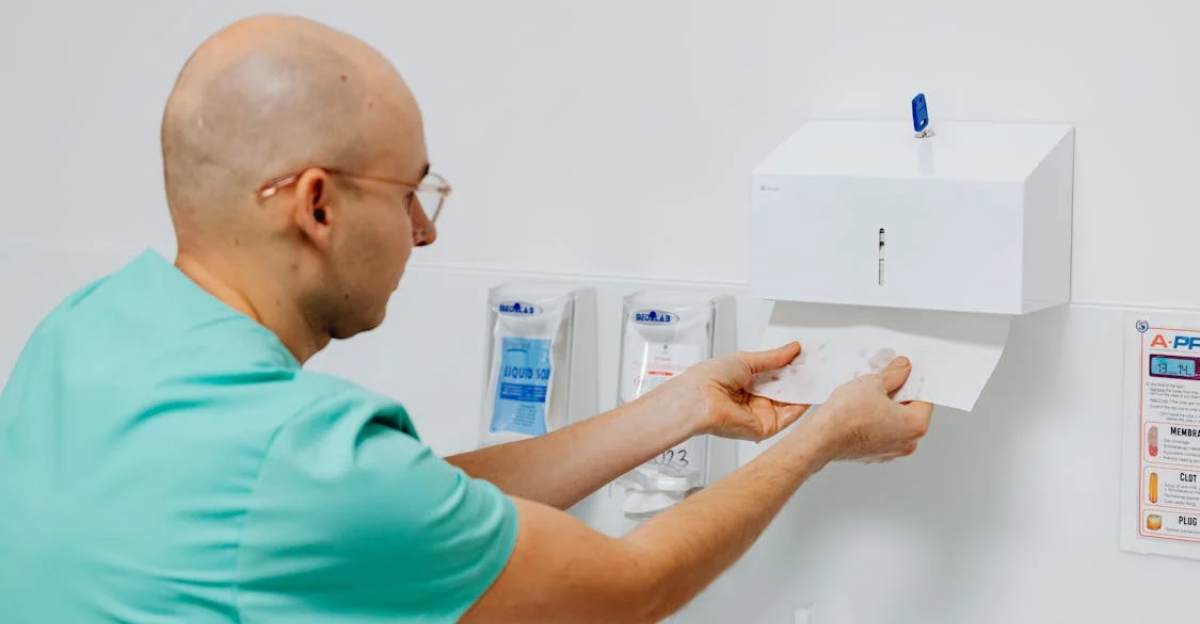
Many single-use items are affected by the green movement towards sustainability. Brands have geared towards marketing items as eco-friendly, which raises production prices. Premium brands feel like a luxury when used in everyday cleaning. Other influences include inflation, wood pulp shortages, and a pandemic-influenced obsession with cleaning.
9. Laundry Detergent Pods
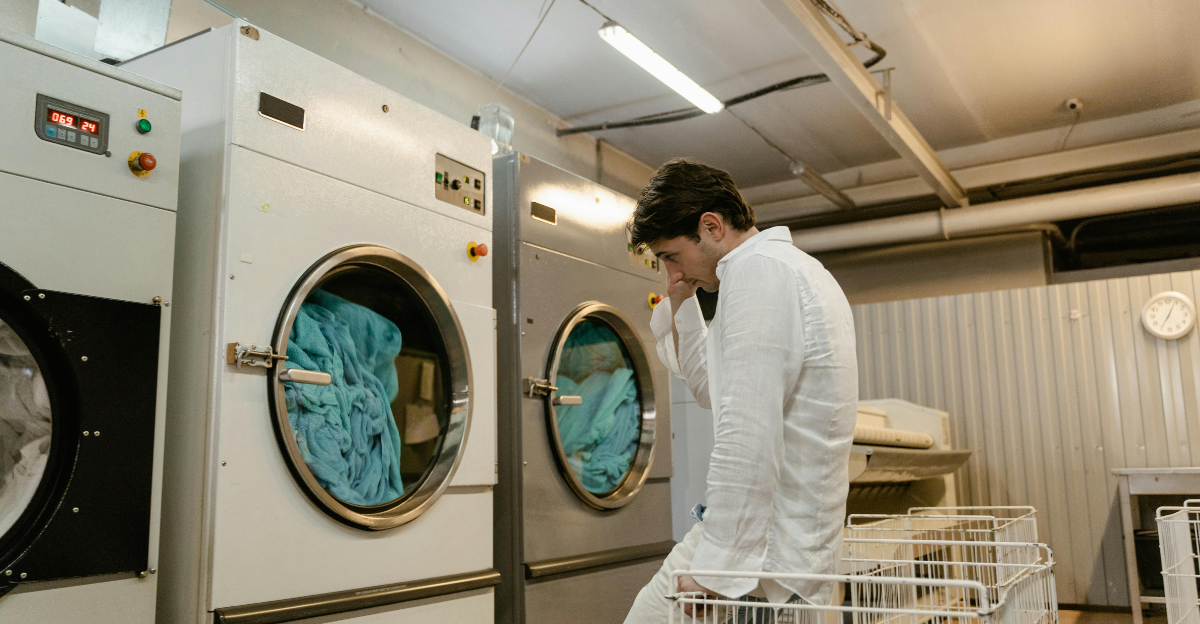
Laundry detergent pods were introduced as a convenient and advanced cleaning technology. In reality, they cost more per load than using traditional powders or liquids. We see social media personas stocking up on these, influencing the public. However, premium pricing on these pods masks higher unit costs and smaller pack sizes with deceptive marketing.
10. Trash Bag
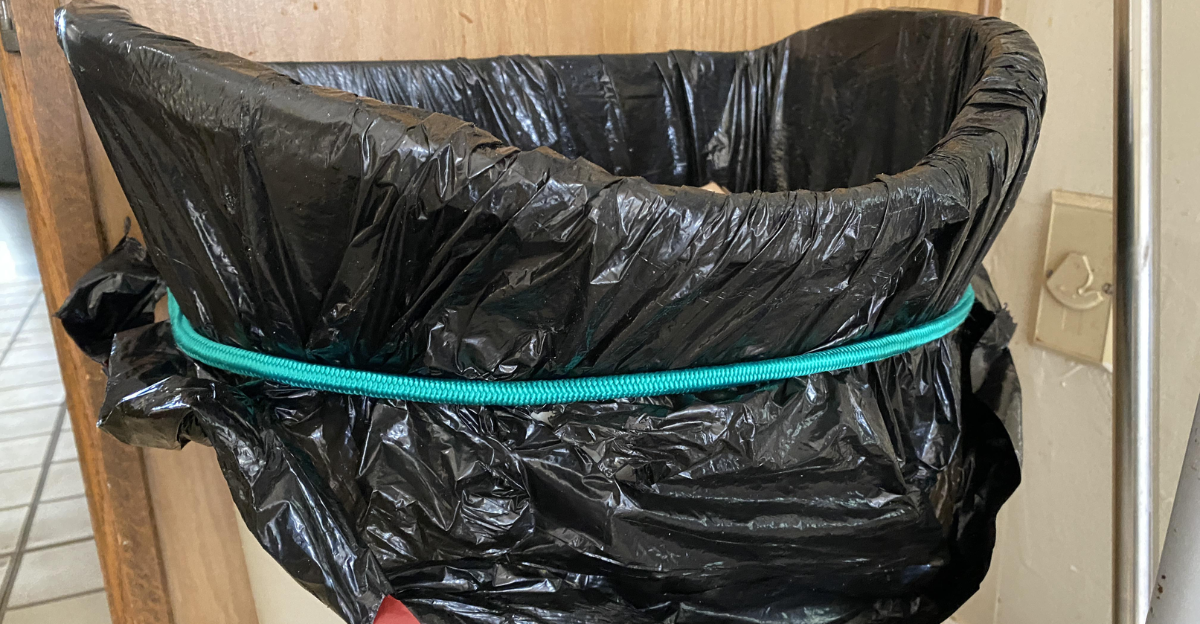
Anyone who knows how to save a few pennies knows that trash bags are a single-use luxury. Most people set aside old plastic bags to dispose of trash, but buying bags dedicated to garbage is a new norm. Details like heavier-duty, scented, and biodegradable convince people it’s worth paying a hefty price for durability and environmental benefits.
11. Cutting Boards
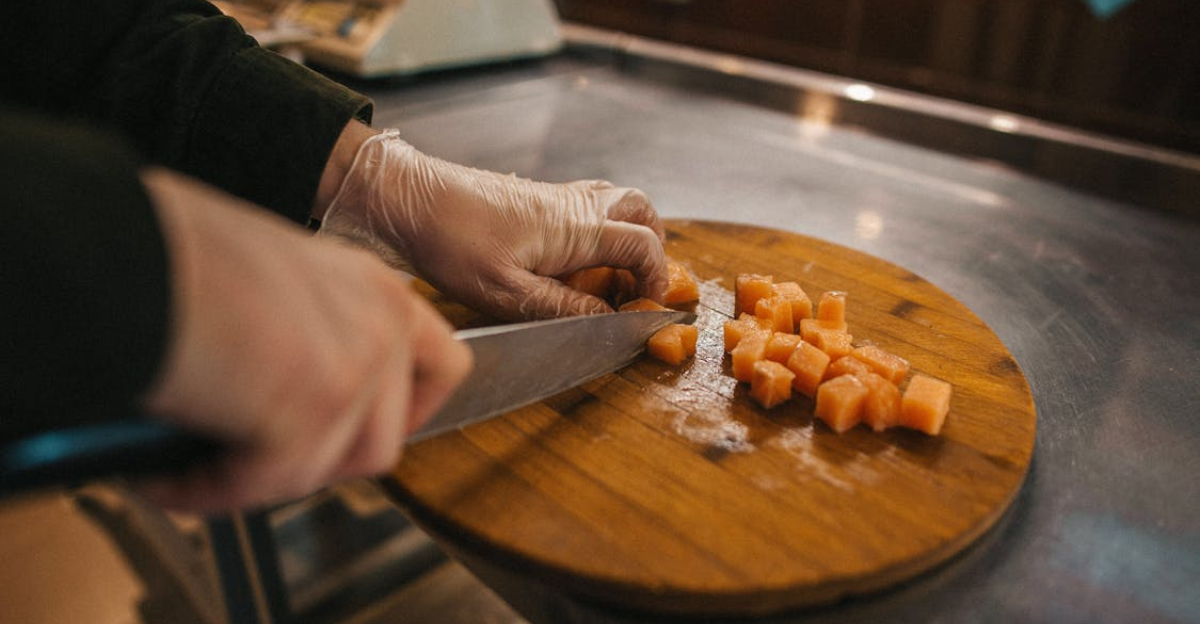
Recent discoveries have shown that using plastic cutting boards causes microplastics to get into your food and enter the ecosystem. Along with the eco-movement, hardwood and end-grain cutting boards are rising in popularity. With this knowledge, you may feel guilty for using anything but expensive versions. Plastic cutting boards are more affordable, while hardwood boards that last longer, even with frequent use, are priced luxuriously.
12. Glass Storage Containers
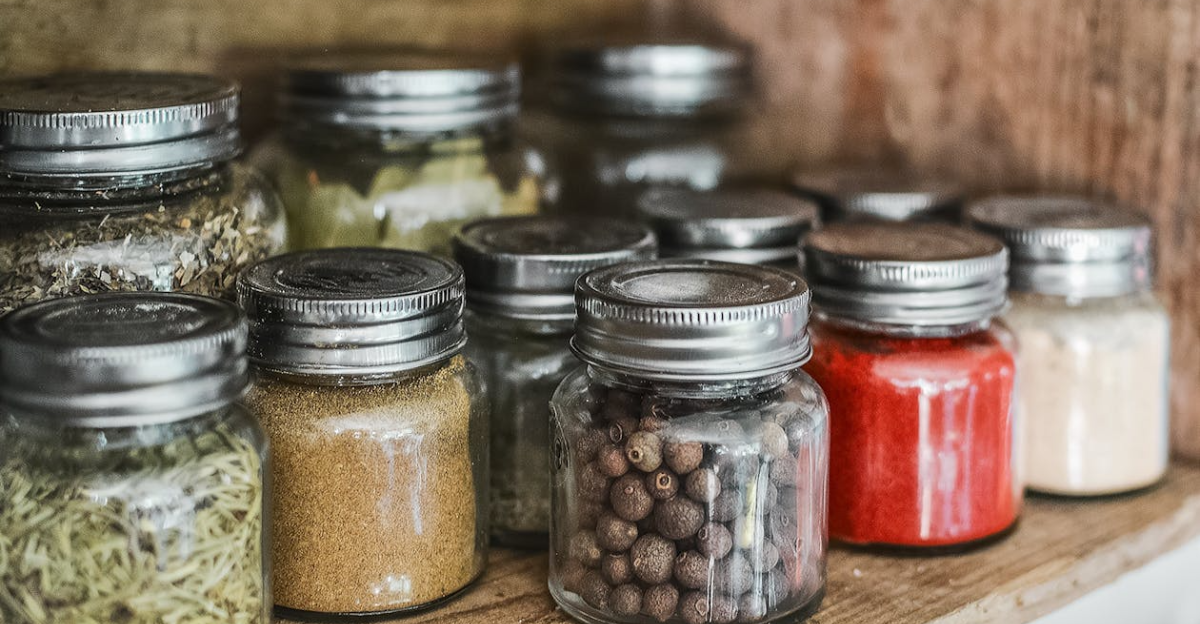
Plastic containers are great for putting leftovers and other food items in. You could get a pack of various sizes and repurchase if needed. However, with the media pushing eco-friendly lifestyle choices, brands bypass criticism by slapping green labels on items. Companies use this to get buyers to accept higher prices by marketing expensive products as durable/eco-friendly. Now, even if you want to make better choices, get ready to invest a large sum in these sneaky tactics.
13. Salt and Pepper Shakers
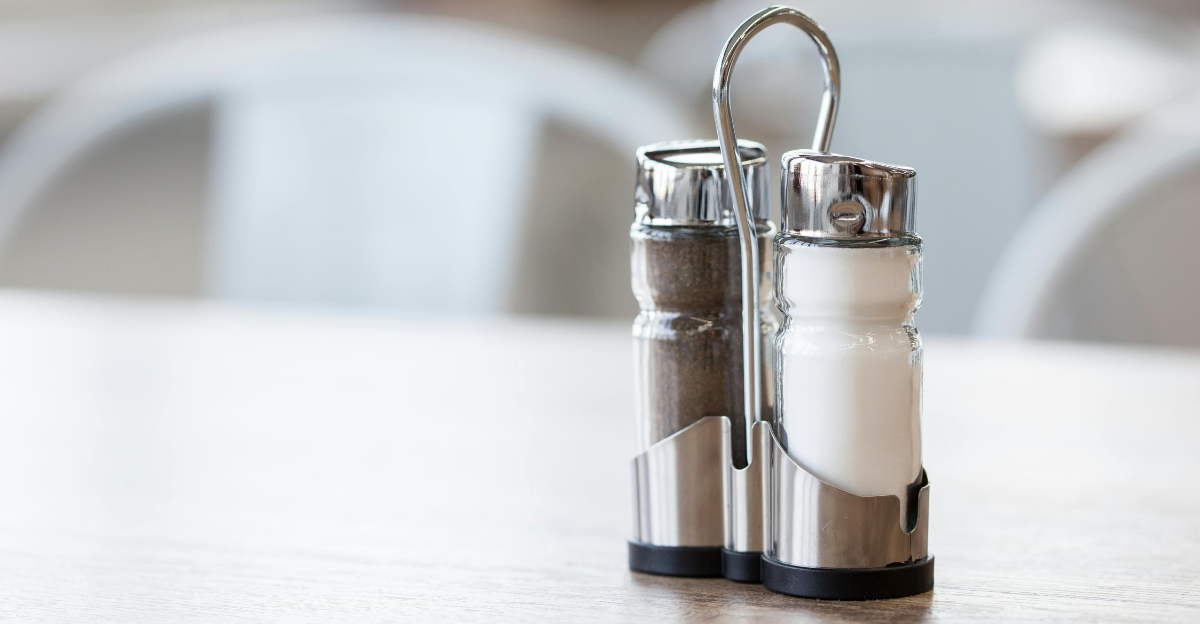
The tried-and-true salt and pepper shakers get the job done and are reliable for the most part. With the advancement of technology, though, even these kitchen items have been automated. Automatic shakers that crack salt and pepper freshly onto food have recently dominated the market. The usability is promising and offers better convenience, but durable premium ones go for up to $60+.
14. Cast Iron Cookware
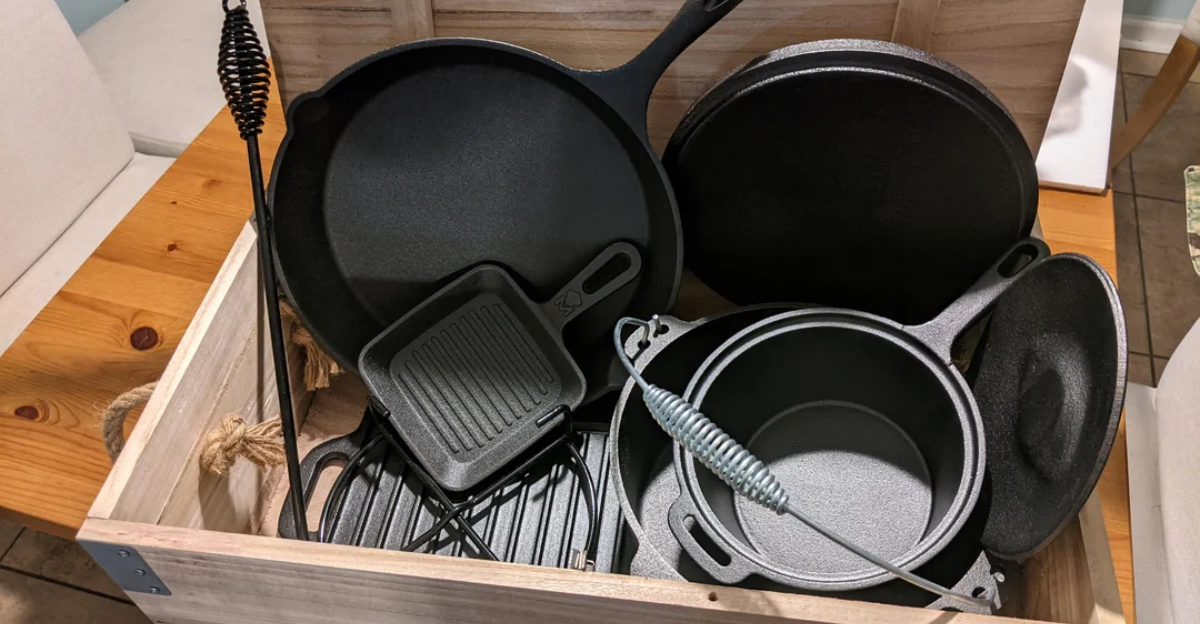
Cast iron cookware is basically an heirloom you can pass down. These are versatile kitchen appliances that people go above and beyond to purchase and maintain. These days, getting your hands on one is a decision you need to thoroughly think through. In recent years, they have become kitchen status symbols and cost a $100-$400 premium.
15. Light Bulbs
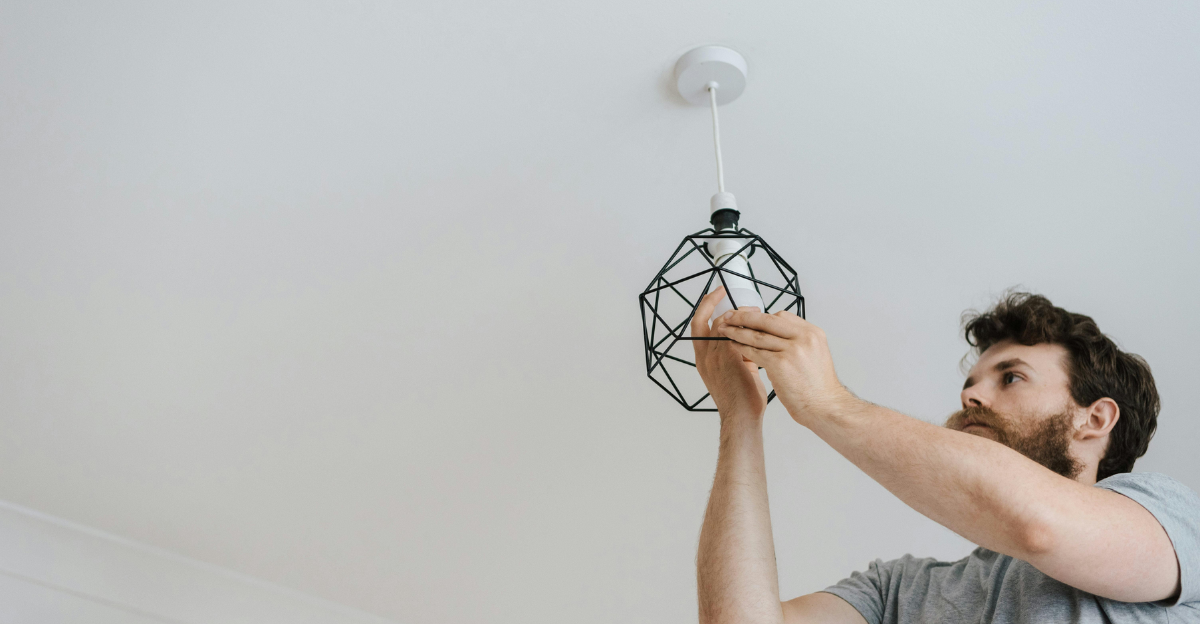
There is a shift towards more environmentally friendly electronic appliances, such as LED and smart bulbs. These flashy descriptions involve higher upfront costs because brand and tech features add to the price. While they may promise long-term savings, not everyone can justify steep prices for possible future benefits. Sometimes you need to replace light bulbs before the “savings” ever pay off.
16. Candles

People have begun prioritizing self-care and home ambience luxuries; candles are staples in this experience. Candles used to be cheap accessories people used to fill up the space; however, the dominance of artisanal or soy-based candles costs $30 or more each.
17. Shampoo & Conditioners
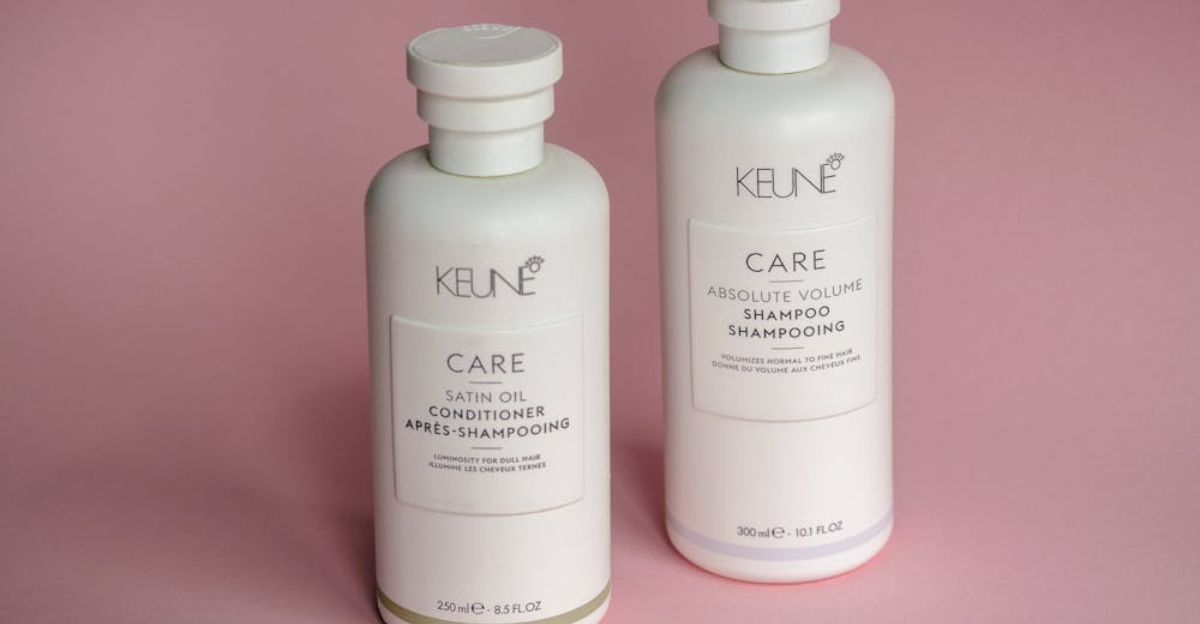
Suddenly, the traditional name brands aren’t good enough to wash hair. The public has been introduced to sulfates and parabens, which have shifted hair care product preference towards salon-grade formulas. People are starting to read the bottle, which brands have noticed. To appease buyers’ dissatisfaction, brands prioritize marketing natural ingredients. With this, production undergoes additional processes, leading to an increase in price for more or less the same product. It then becomes expensive to get access to high-quality hair care.
18. Bed Sheets

Egyptian cotton, linen, or bamboo sets can now cost upwards of $200+. Even if all you do on them is sleep, you will choose these advertised fabrics to provide more incredible and comfortable sleep. In reality, these have been used in bedsheets, but selling points like thread count, breathability, and “hotel feel” are emphasized.
19. Luggage
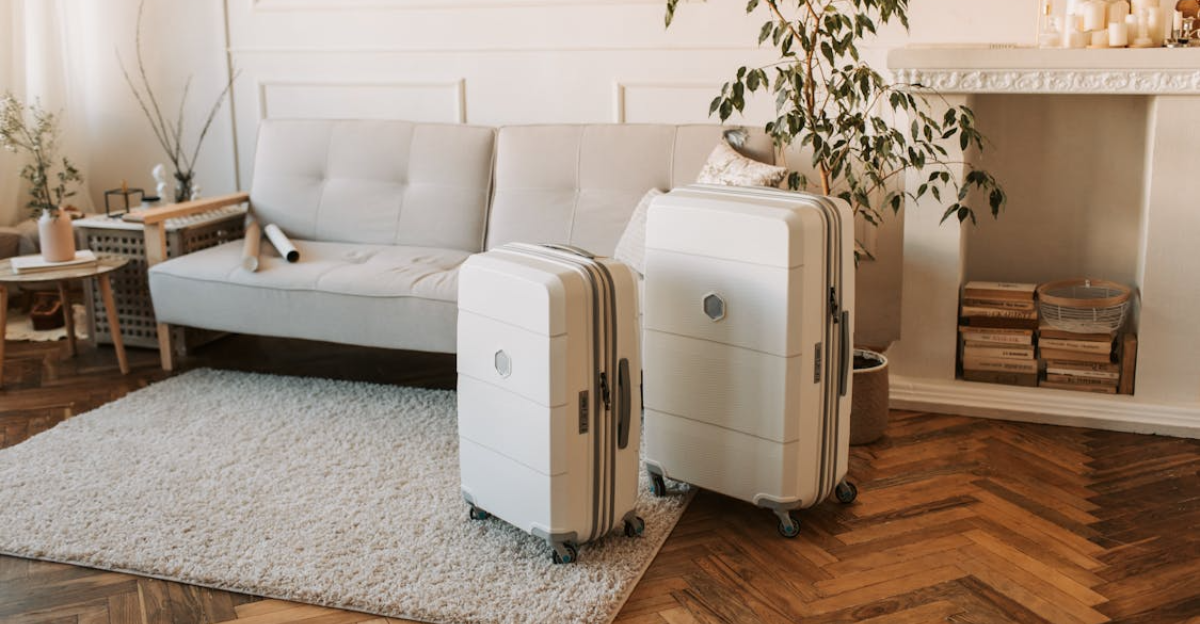
The decreasing quality of affordable luggage doesn’t stand a chance against declining airport management. Incidents of luggage mishandling have been on the rise, and most of the time, there isn’t really any resolution. So, to ensure all your stuff arrives in one piece, you are almost forced to splurge an insane amount of money on something people might just carelessly throw around. The price seems ridiculous, especially if you are not a frequent flier, but add-ons such as polycarbonate shells, 360 wheels, USB chargers, and Bluetooth tracking make it appear worth it.
